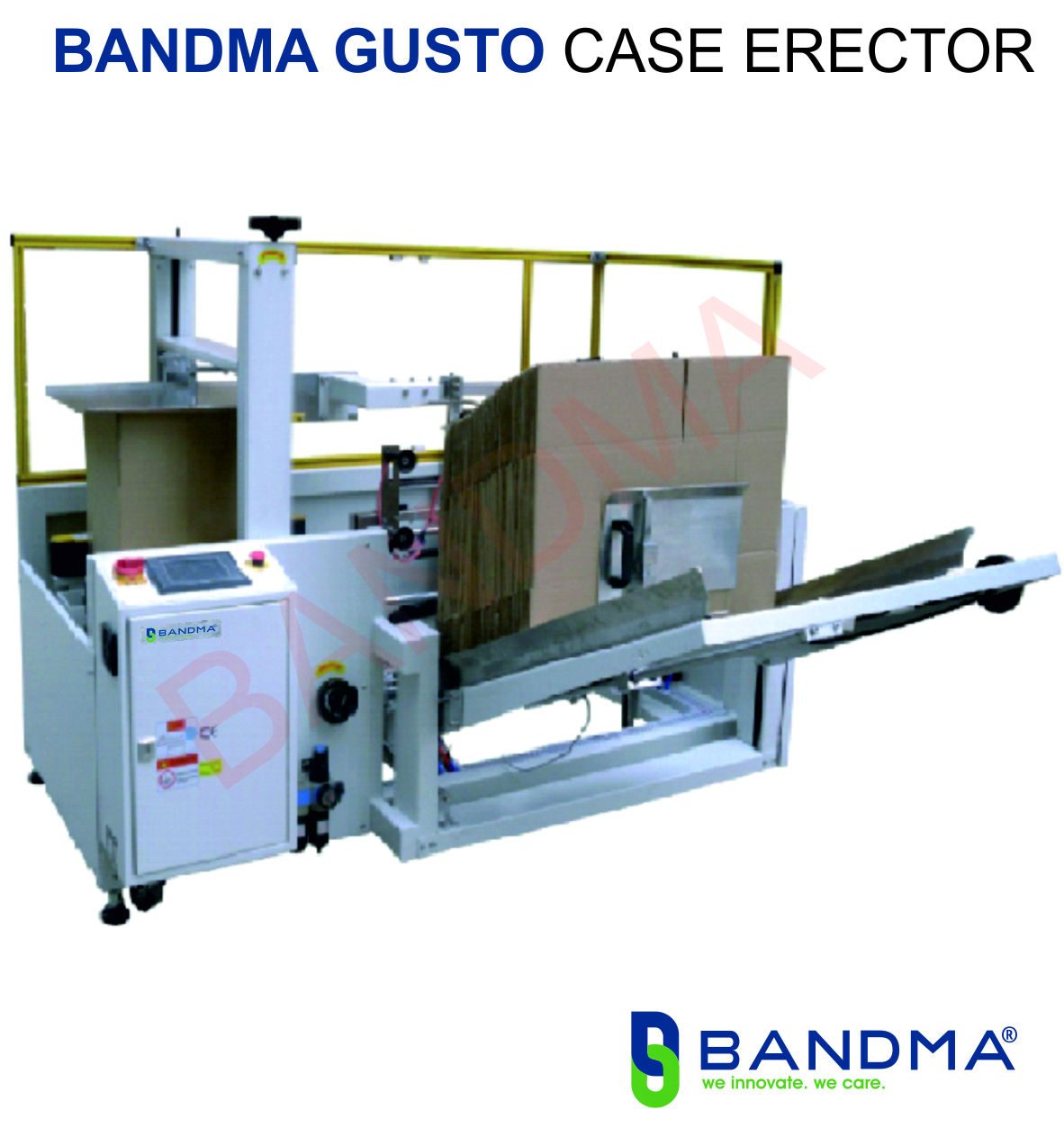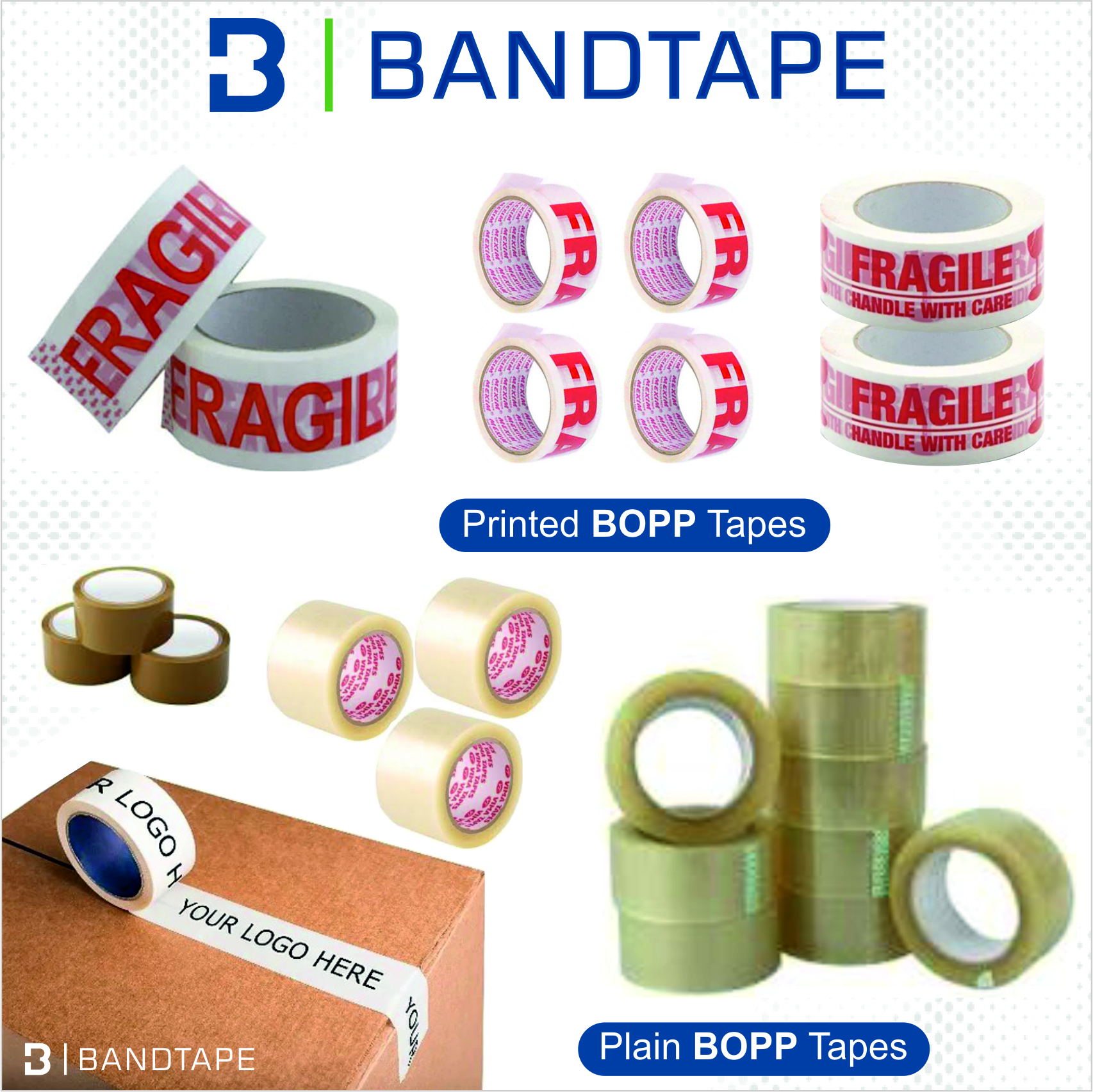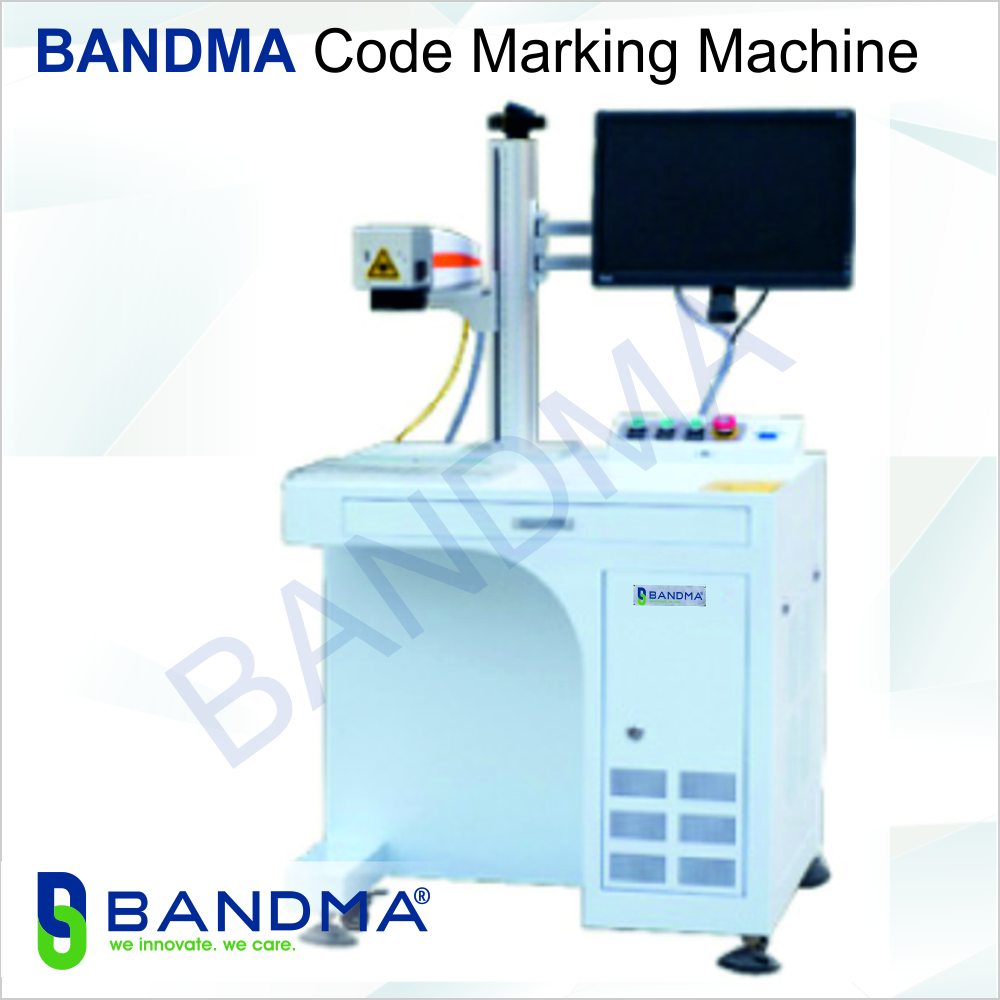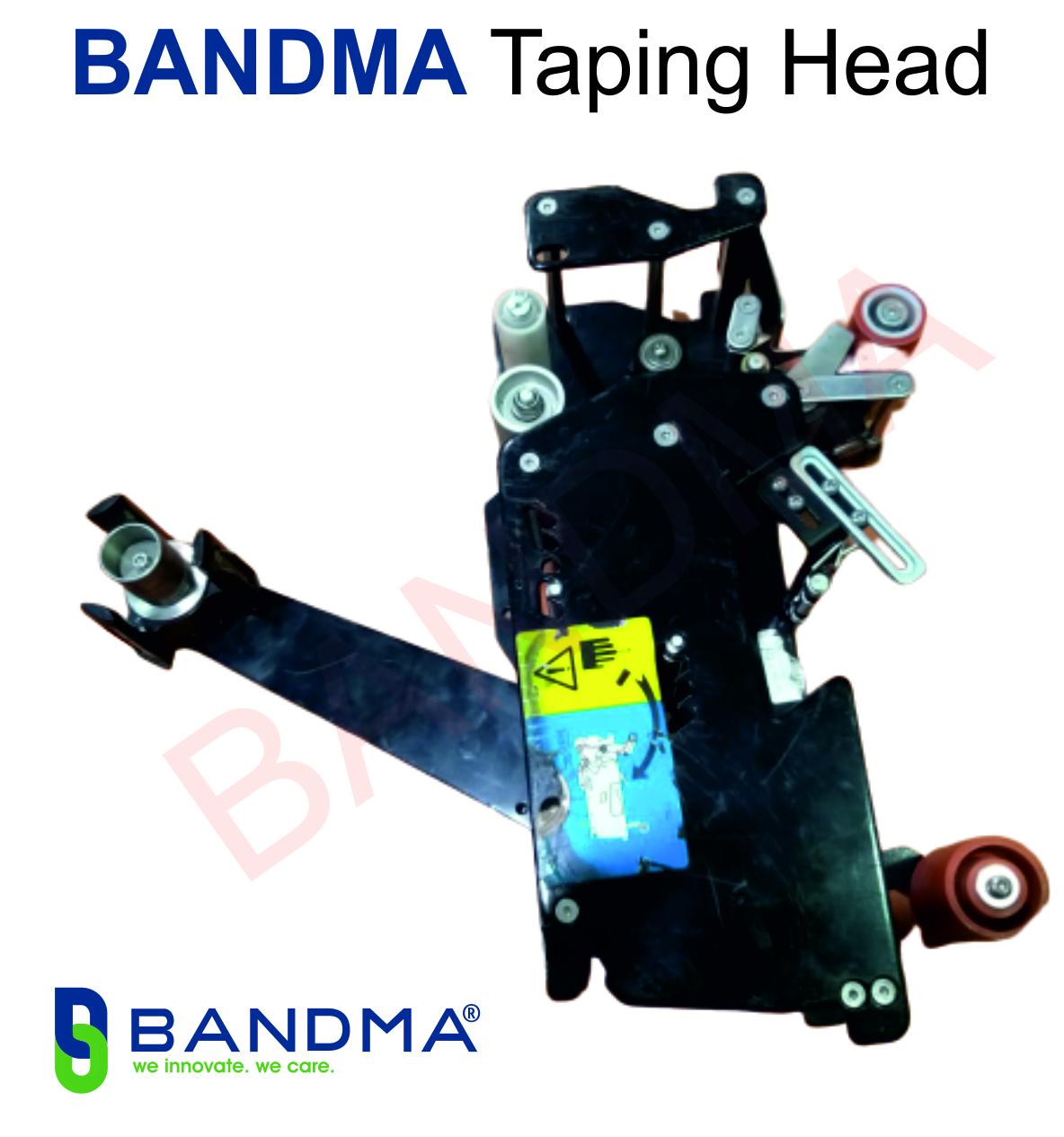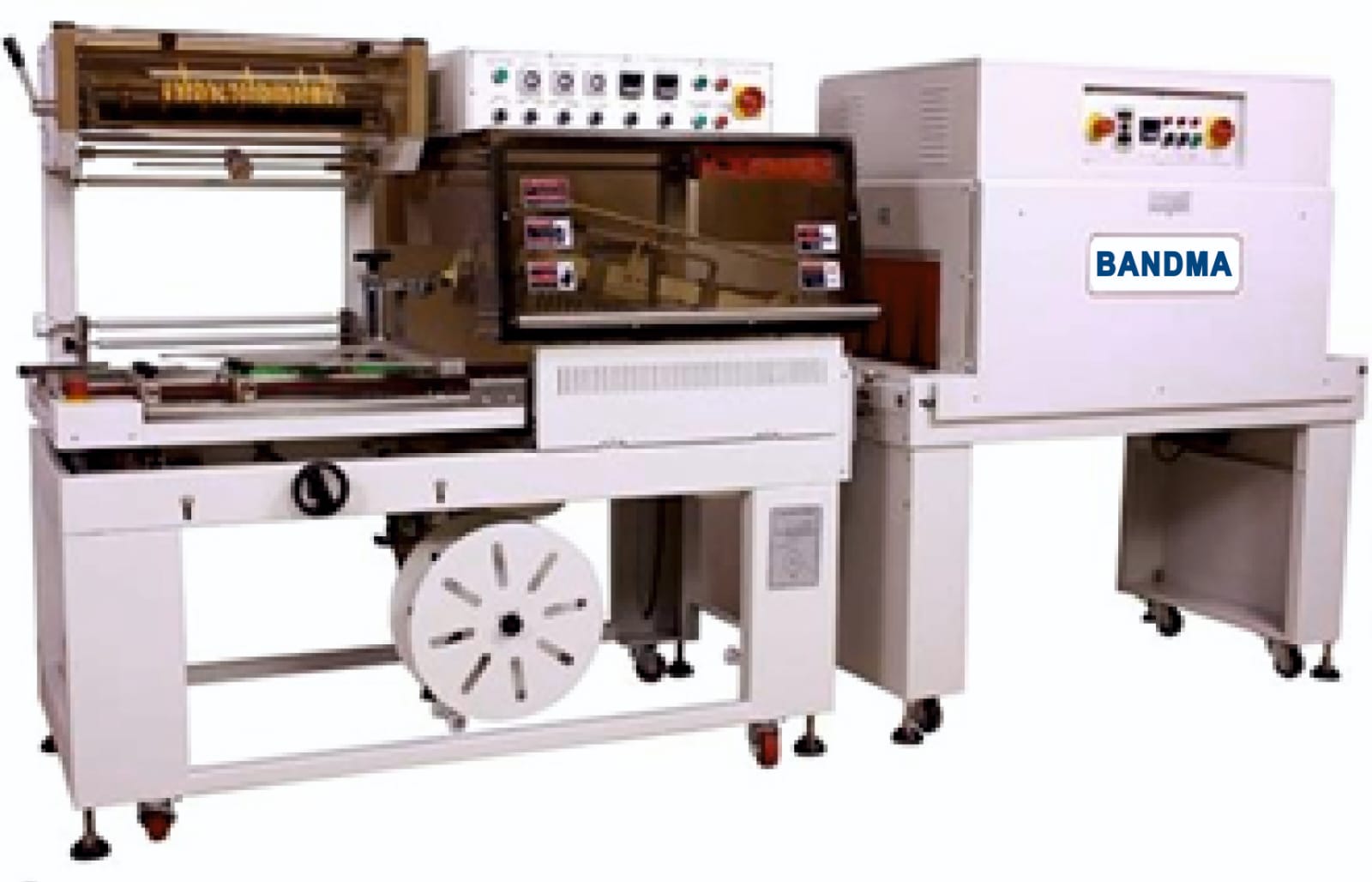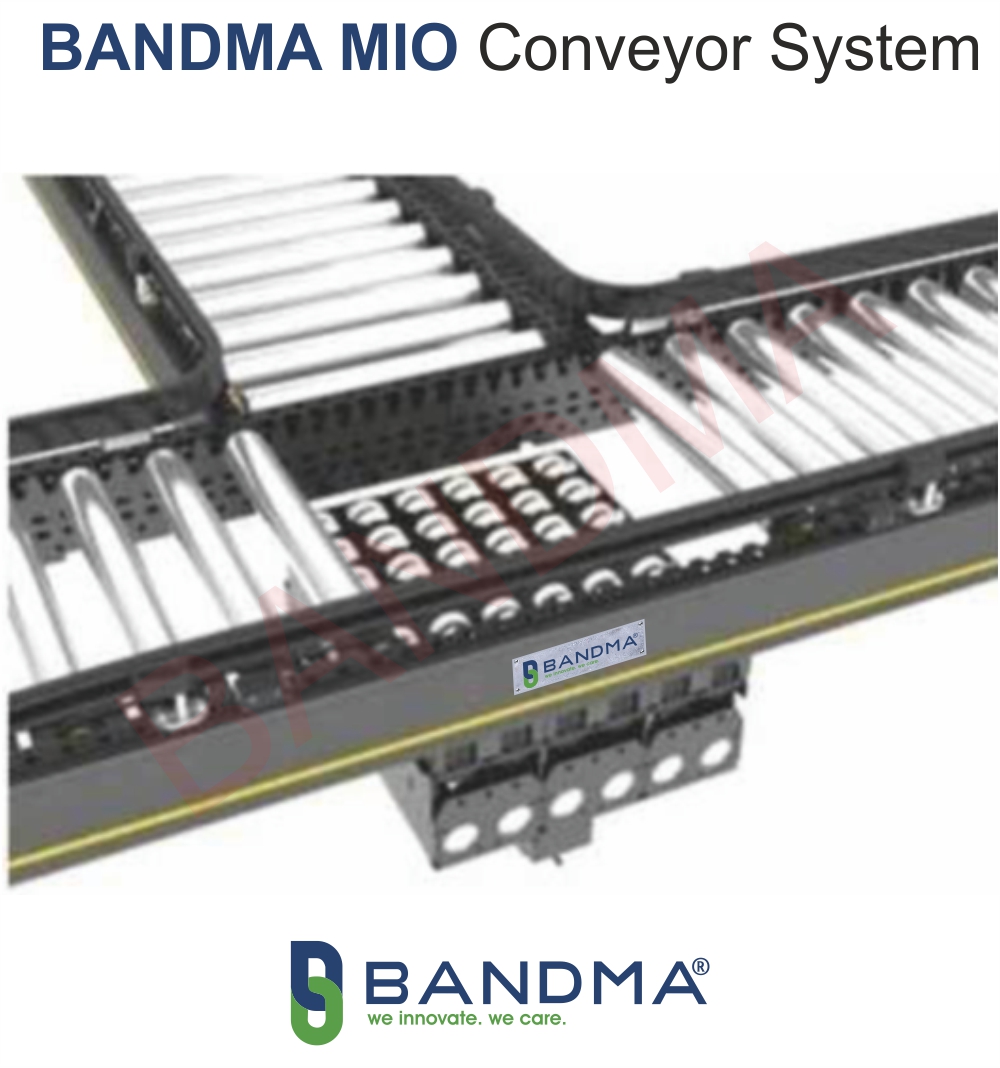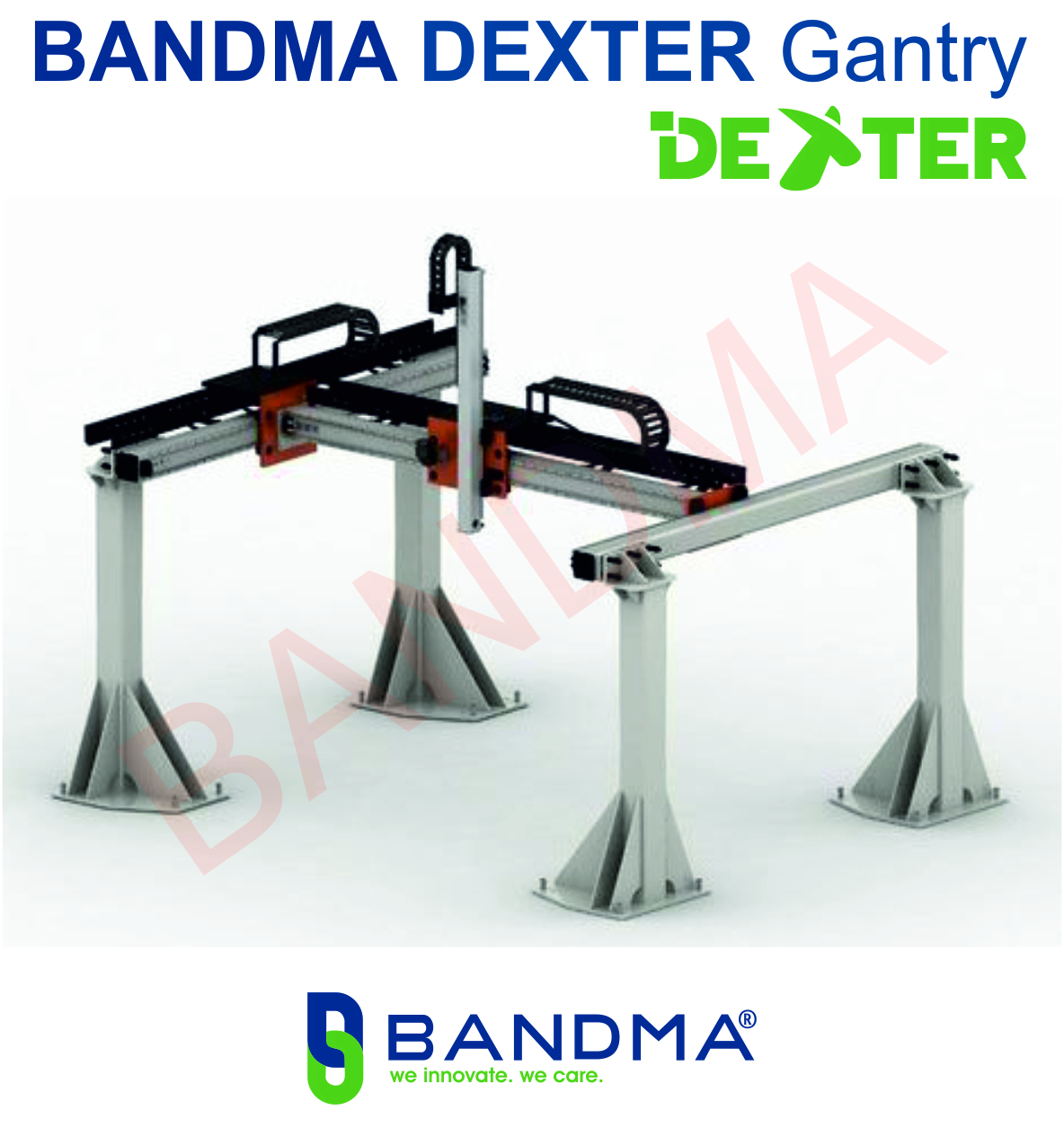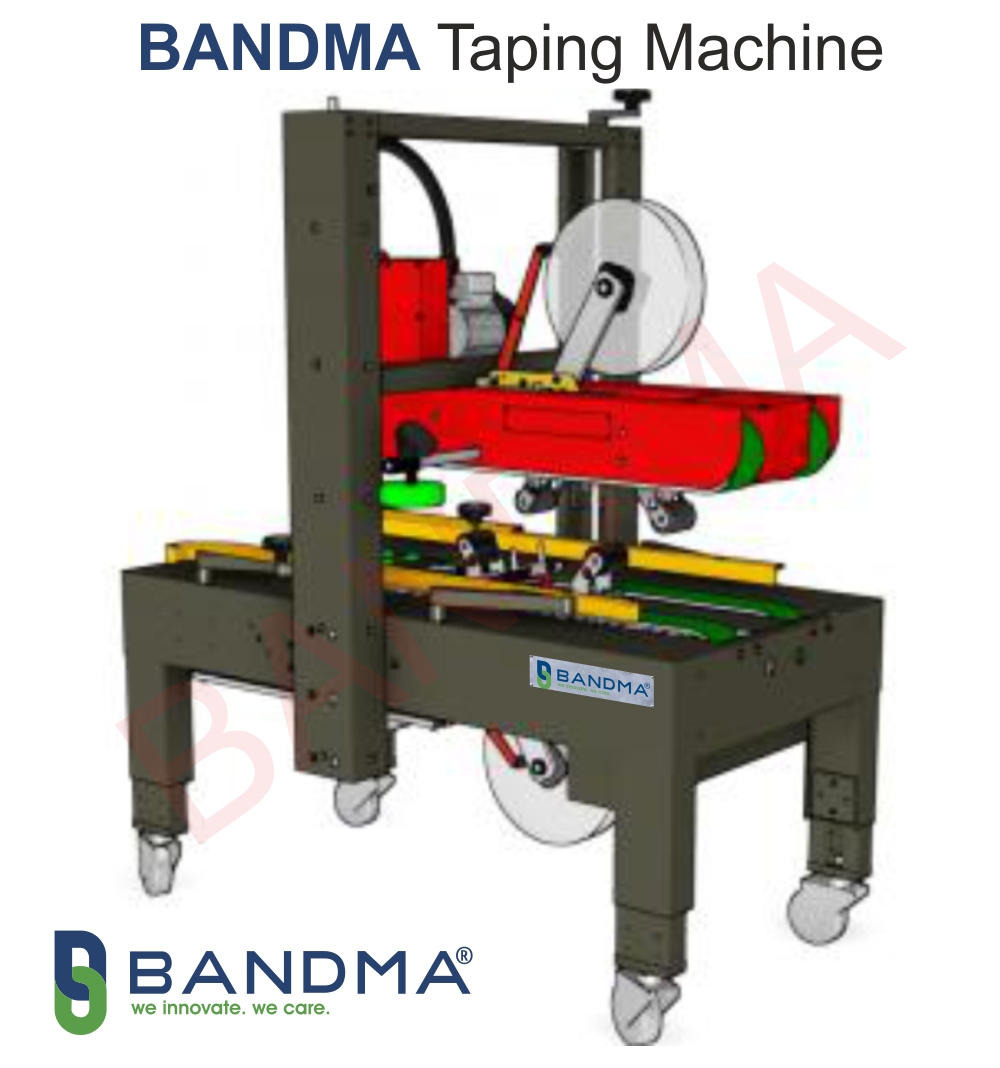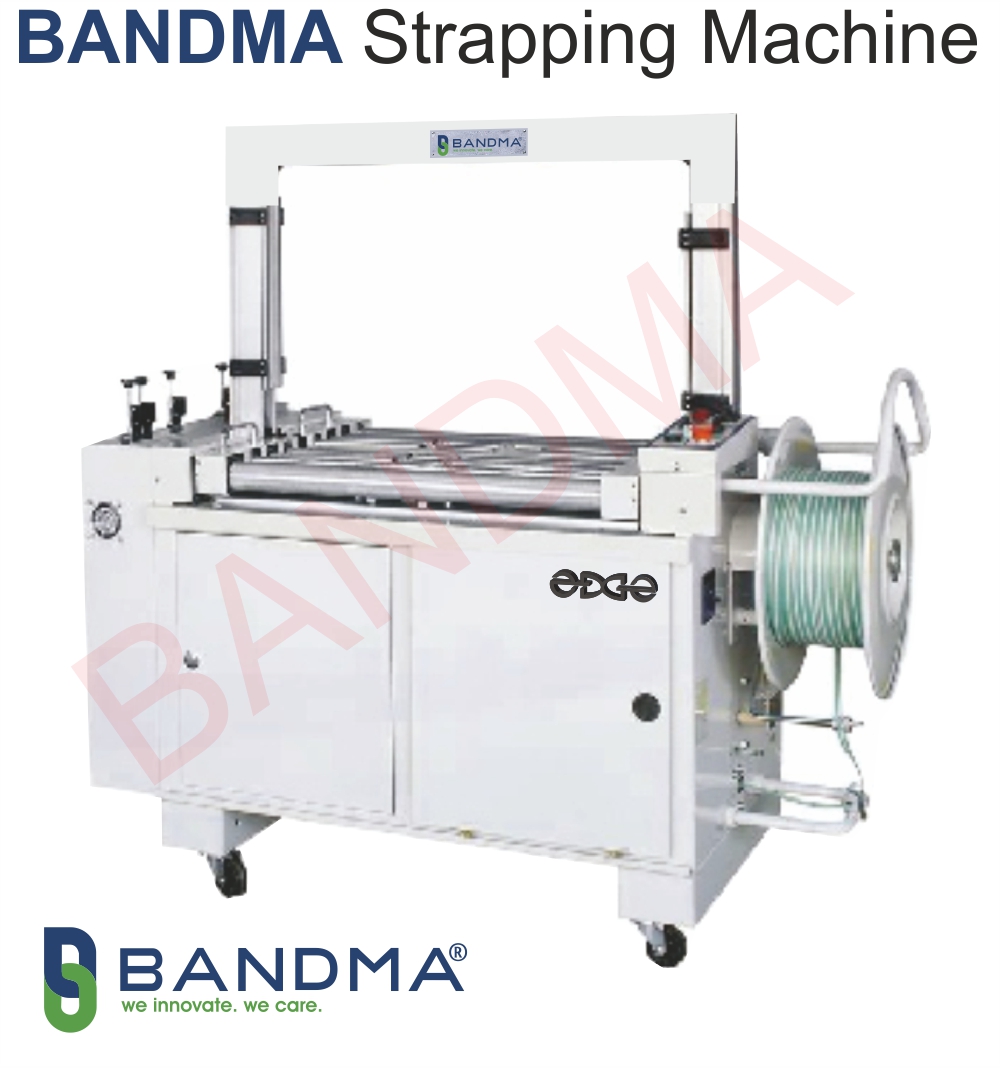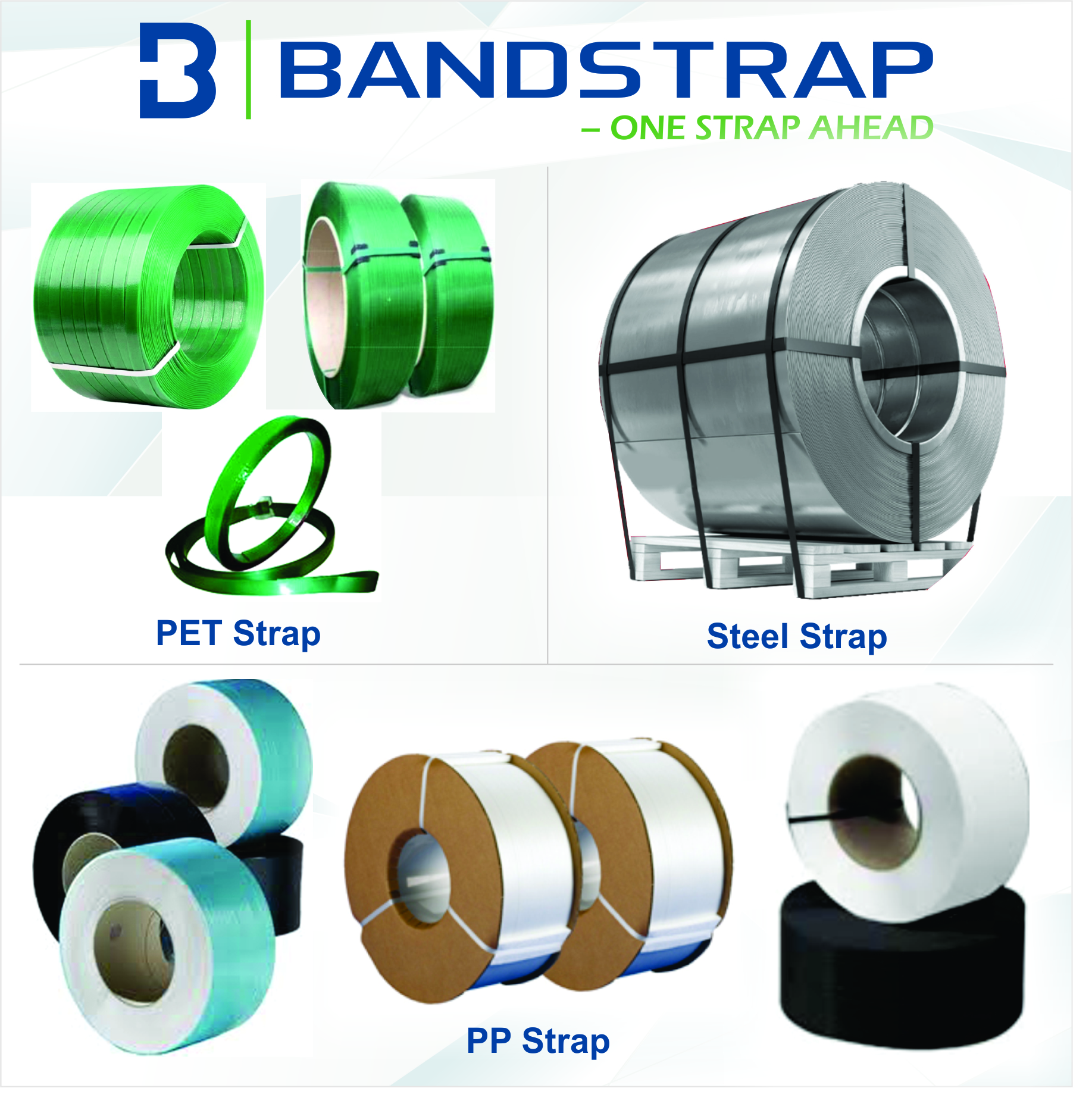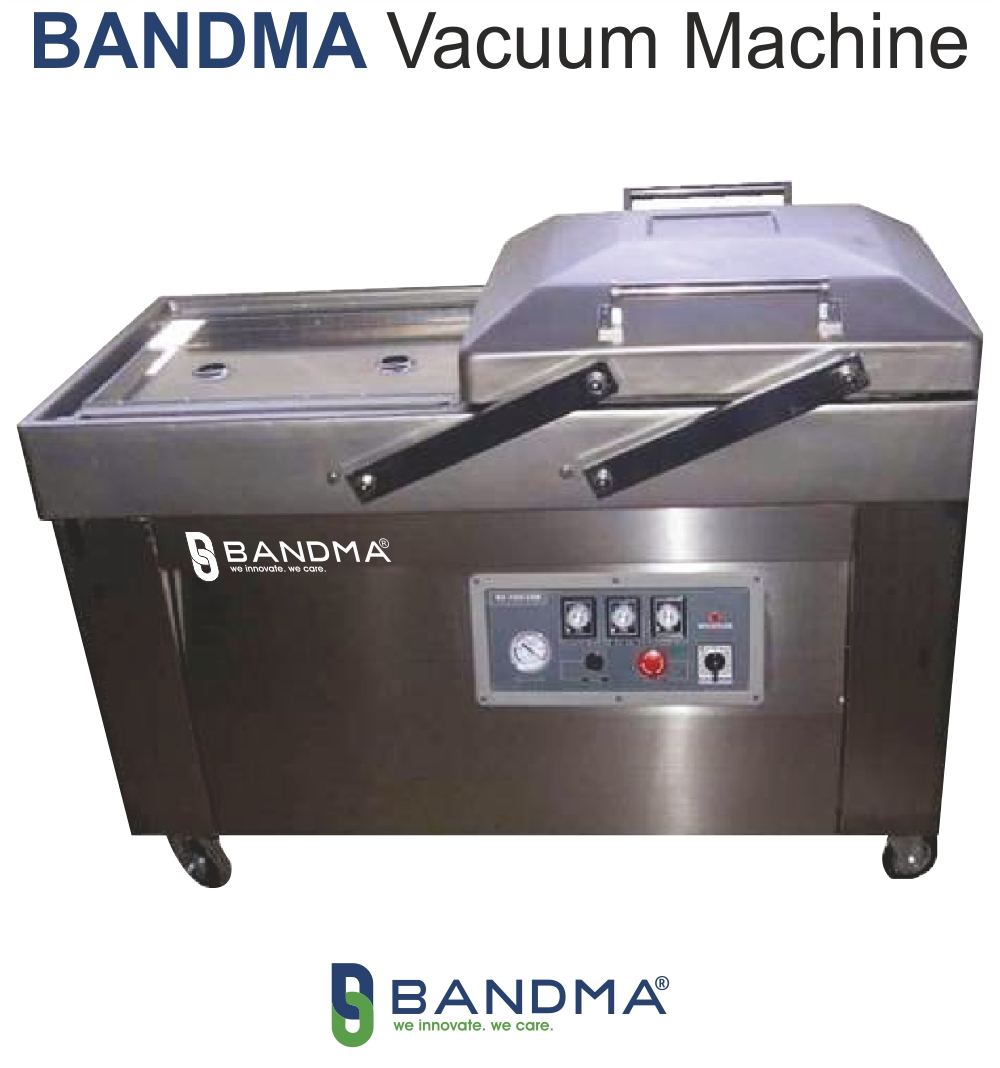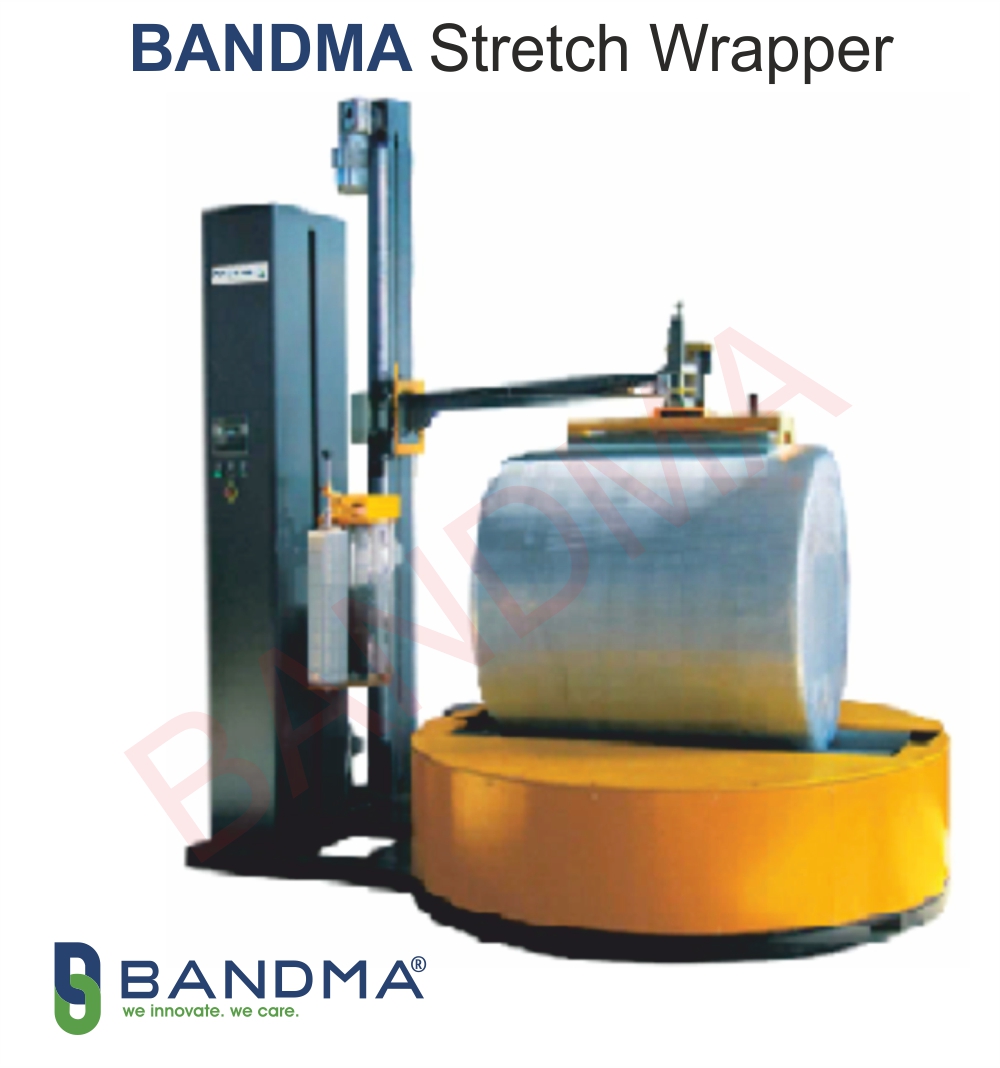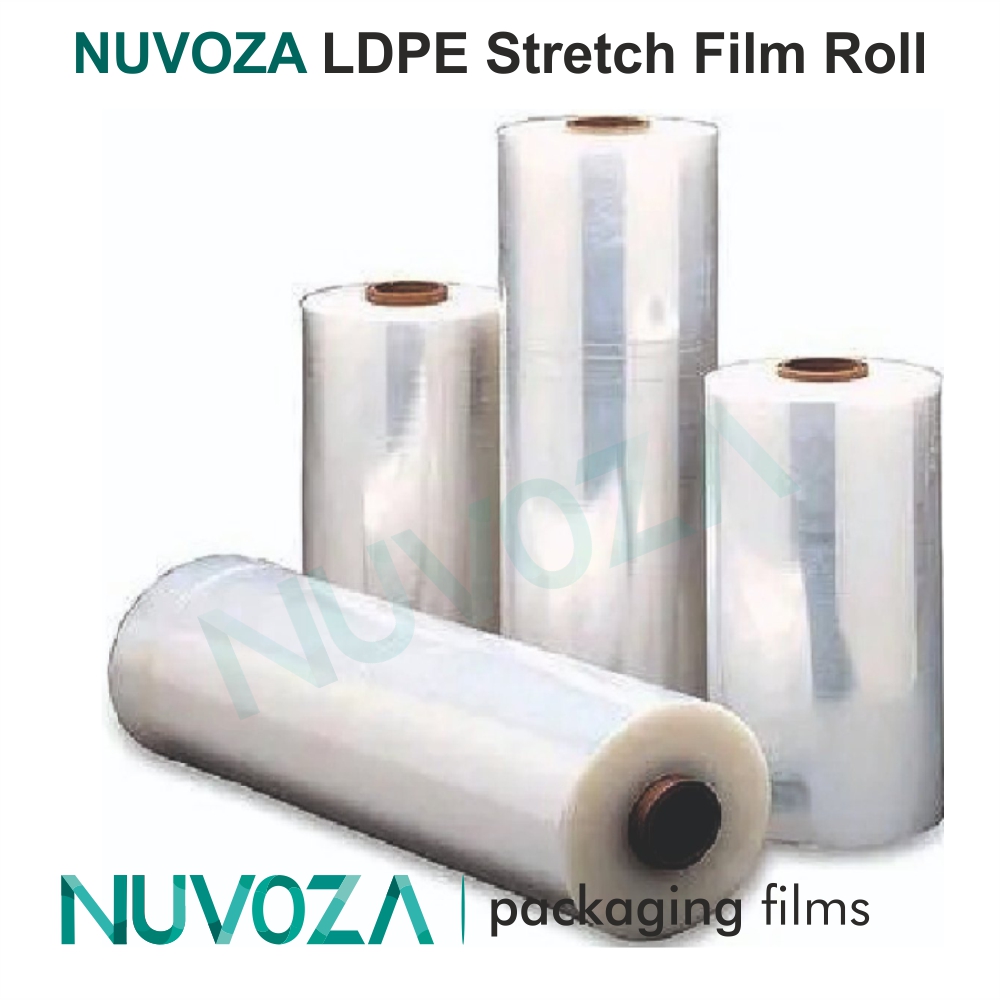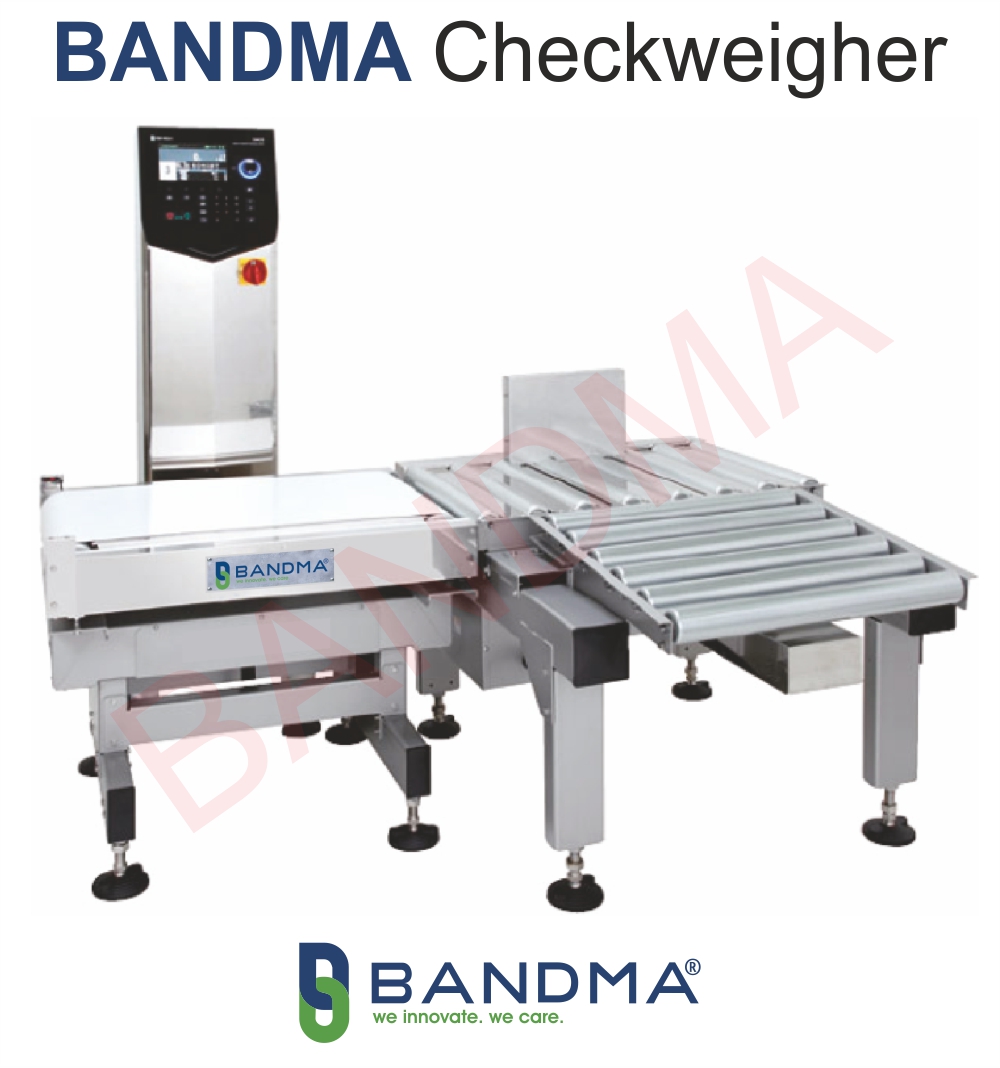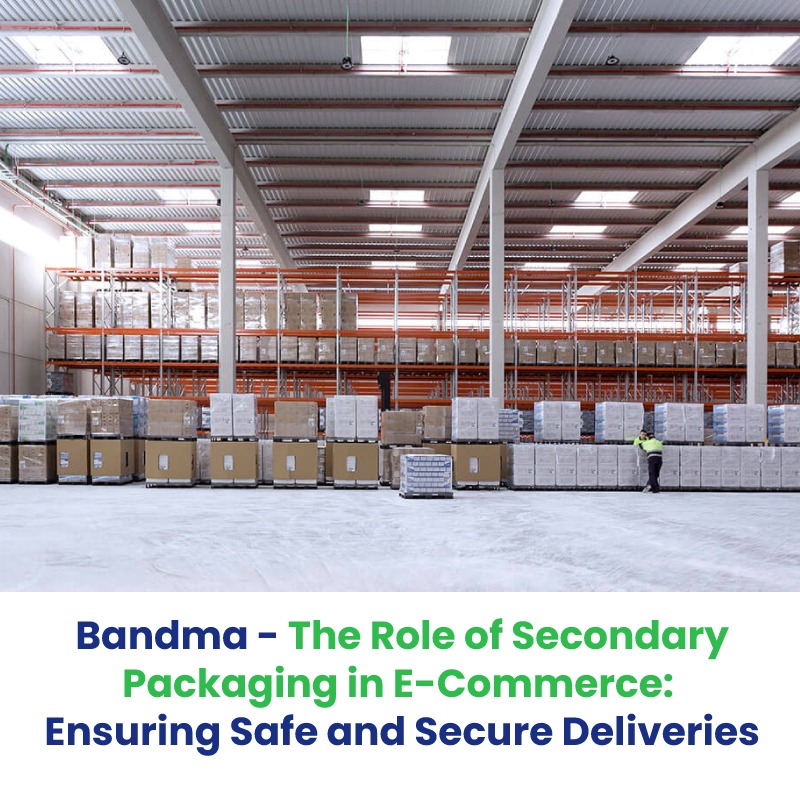With the growing rise of e-commerce, businesses face increasing responsibility to ensure that products reach customers safely and securely. Secondary packaging is one important element that plays a part in this. Secondary packaging is essential for protecting goods during storage, transit, and delivery, whereas primary packaging directly protects the product.
In this blog, we will explore the importance of secondary packaging in the e-commerce industry, highlighting its key benefits, essential features, and the best practices for ensuring secure deliveries.
Understanding Secondary Packaging in E-Commerce

Secondary packaging refers to the outer protective layer that holds multiple units of primary-packaged products. Common examples include:
- Corrugated cardboard boxes
- Shrink wrap and stretch films
- Bubble wrap and padded mailers
- Carton sealing tapes and protective fillers
This type of packaging is crucial in e-commerce as it ensures products are protected from physical damage, environmental factors, and tampering throughout the supply chain.
The Importance of Secondary Packaging in E-Commerce

1. Protection Against Damage
In e-commerce, products often go through multiple handling stages before reaching the customer. Secondary packaging provides an extra layer of protection against:
- Impact and vibrations during transportation
- Moisture and dust exposure
- Stacking pressure in warehouses
For instance, Bandma's durable stretch wrapping solutions ensure that palletized shipments remain stable and intact during transit.
2. Enhanced Security and Tamper Resistance
Secondary packaging can include tamper-evident features, such as:
- Security tapes
- Shrink wrapping with tear-off strips
- Sealed cartons with visible markings
These measures provide clear evidence if a package has been interfered with, safeguarding consumer trust.
3. Improved Branding and Customer Experience
E-commerce brands are increasingly using customized secondary packaging to create memorable unboxing experiences. Well-designed boxes, branded tapes, and eco-friendly fillers not only protect the product but also enhance the brand's image.
4. Cost-Effective Solutions
By optimizing secondary packaging materials, businesses can reduce:
- Material wastage
- Shipping costs
- Return expenses due to damaged goods
For example, Bandma's secondary packaging solutions use lightweight yet durable materials to achieve maximum protection with minimal resources.
5. Eco-Friendly Practices
As sustainability becomes a priority, businesses are adopting recyclable, biodegradable, and compostable secondary packaging materials to reduce their environmental footprint. Bandma offers eco-conscious solutions that balance protection and sustainability.
Key Features to Look for in E-Commerce Secondary Packaging Solutions

1. Strength and Durability
Ensure your secondary packaging materials can withstand:
- Rough handling
- Heavy loads
- Long-distance transportation
Materials like corrugated cardboard and reinforced stretch films provide added durability for fragile and high-value items.
2. Customization for Product Fit
Customized secondary packaging helps:
- Minimize empty space inside the box
- Reduce material waste
- Prevent product movement during transit
3. Easy Handling and Storage
To enhance warehouse efficiency, secondary packaging should be:
- Stackable
- Lightweight
- Easy to open and reseal
4. Waterproof and Moisture Resistance
In e-commerce logistics, packages may face exposure to rain or humidity. Moisture-resistant materials such as plastic wraps, waterproof coatings, and laminated cartons ensure better protection.
5. Sustainability and Eco-Friendliness
Eco-conscious consumers prefer brands that use sustainable practices. Choose recyclable cardboard, biodegradable fillers, and compostable wraps to reduce environmental impact.
Best Practices for Implementing Secondary Packaging in E-Commerce

1. Assess Product Fragility
Different products require varying levels of protection. Assess the fragility, weight, and shape of your items to determine the appropriate secondary packaging materials.
2. Optimize Box Sizes
Avoid oversized boxes with excessive fillers. Instead, choose the right-sized cartons to reduce material costs and improve efficiency.
3. Use Proper Cushioning
Protective fillers like air pillows, bubble wrap, or foam inserts prevent movement inside the package, reducing the risk of damage.
4. Incorporate Tamper-Proof Solutions
For added security, use tamper-evident seals, security tapes, or customized labels that indicate if a package has been opened.
5. Prioritize Sustainability
Where possible, use recyclable, reusable, or biodegradable materials to align with eco-friendly practices.
Why Choose Bandma for Your E-Commerce Packaging Needs?
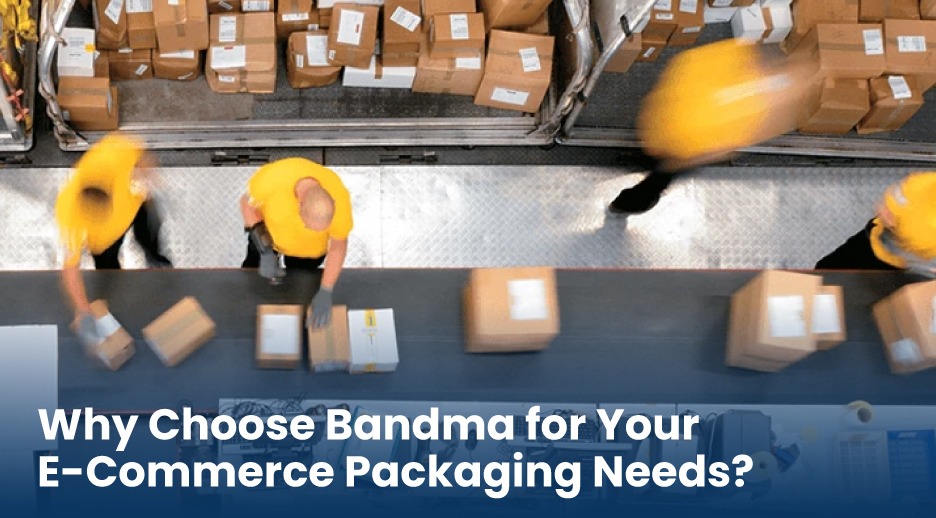
Bandma offers innovative secondary packaging solutions designed to meet the unique demands of the e-commerce sector. Our range of products includes:
- Durable stretch films for securing pallet loads
- Efficient carton sealing machines for fast and secure packing
- Shrink wrap solutions that enhance protection and visual appeal
Our solutions ensure that your products are securely packaged, improving customer satisfaction while reducing returns and damage costs.
Conclusion
Effective secondary packaging is essential for ensuring safe, secure, and cost-effective deliveries in the e-commerce industry. By incorporating durable materials, tamper-proof features, and sustainable practices, businesses can enhance their brand reputation and customer loyalty.
With Bandma's advanced secondary packaging solutions, you can optimize your e-commerce packaging strategy to ensure your products reach their destination in perfect condition. Contact Bandma today to discover how our innovative solutions can transform your packaging process.

